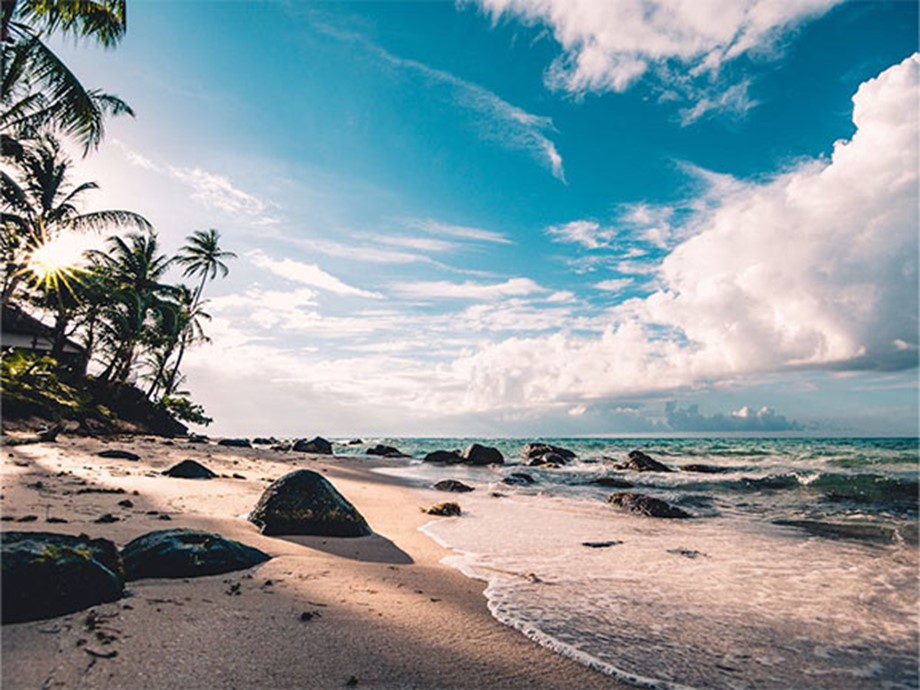“`html
</p>
Striking the Perfect Balance: Essential Strategies for Sustainable Development in the Great Nicobar Project
Understanding the Great Nicobar Project
The Great Nicobar Project, located in the Andaman and Nicobar Islands, involves extensive infrastructure development aimed at enhancing economic growth. This ambitious project includes plans for ports, roads, and industrial zones. However, with opportunity comes the responsibility of balancing development with environmental sustainability and cultural preservation.
Significant Challenges Facing the Great Nicobar Project
- Environmental Impact: The rich biodiversity and unique ecosystems of Great Nicobar must be protected.
- Cultural Preservation: Indigenous communities rely on these lands for their cultural heritage and livelihood.
- Climate Resilience: Development must consider climate change impacts on this fragile ecosystem.
Essential Strategies for Sustainable Development
1. Integrating Ecological Insights
Understanding the local ecosystem is vital. Strategies include:
- Conducting comprehensive environmental impact assessments (EIAs).
- Incorporating native species in reforestation efforts.
- Implementing buffer zones around conservation areas.
2. Community Engagement and Participation
Green Light for the Great Nicobar Island Initiative: A Balanced Approach to Development and Conservation
Approval Process and Environmental Considerations
The green light for the extensive development initiative on Great Nicobar Island was granted following a thorough examination by the Ministry of Environment, Forest, and Climate Change. This evaluation considered various factors including environmental health, strategic importance, defense requirements, and overall national interests. The approval aligns with the revised Environment Impact Assessment (EIA) Notification of 2006 which stipulates that any new or upgraded projects must obtain prior environmental clearance.
This rigorous approval protocol necessitates detailed impact assessments and crafting comprehensive Environmental Management Plans (EMPs). The process encompasses several stages: screening potential impacts, scoping project parameters, consulting with the public to gather feedback, followed by an extensive appraisal phase.
Comprehensive Assessments by Leading Scientific Institutions
Prominent scientific organizations such as the Zoological Survey of India, Salim Ali Centre for Ornithology and Natural History, Wildlife Institute of India, and Indian Institute of Science played crucial roles in evaluating potential environmental consequences while formulating mitigation strategies. Additionally, specialized institutes such as Indian Institutes of Technology (IITs), National Institute of Ocean Technology (NIOT), National Centre for Coastal Research (NCCR), and National Institute of Oceanography (NIO) conducted reviews during this critical appraisal phase.
A dedicated Expert Appraisal Committee—comprised of experienced professionals in science and engineering—meticulously assessed both the project’s EIA report and its corresponding EMP.
Conditions Imposed for Biodiversity Protection
The approval granted comes with a set of 42 specific conditions aimed at preserving both marine habitats and terrestrial ecosystems. Three distinct monitoring committees have been established to focus on pollution control issues as well as biodiversity preservation while also ensuring community welfare specifically for local tribes such as the Shompens and Nicobarese people.
In response to a directive from the National Green Tribunal, a High-Power Committee has been instituted by ministry officials to oversee compliance with these measures. According to Union Minister Kirti Vardhan Singh’s statements on these developments, these initiatives are designed not only to promote economic growth but also to maintain ecological balance within this sensitive region.
(Reported in collaboration with various agencies.)
